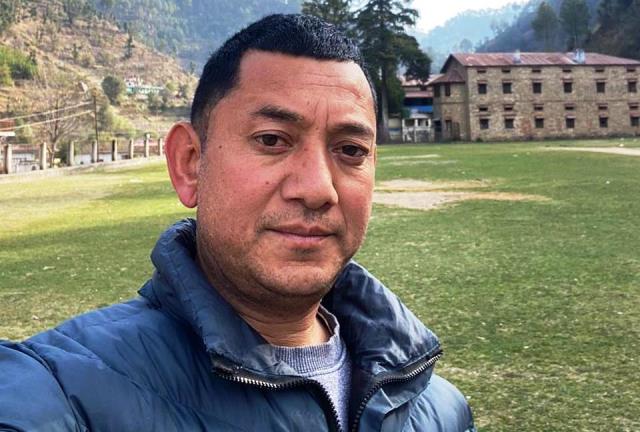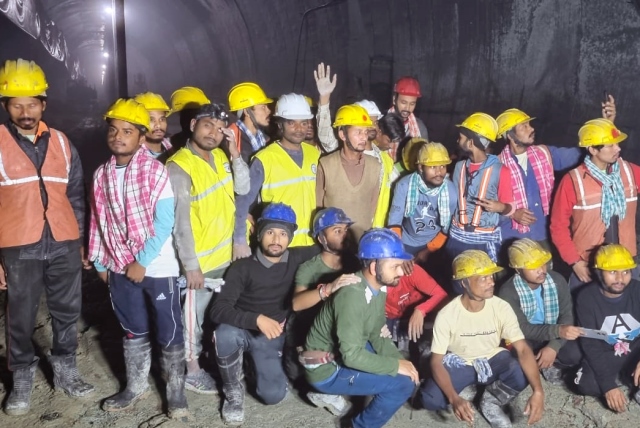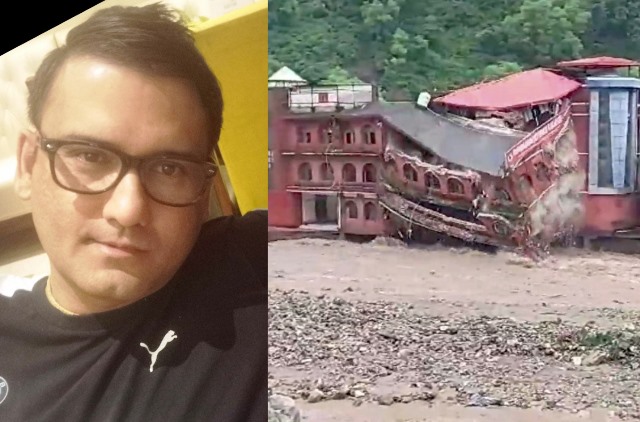Dr Shiwani Pandey, a researcher and scholar on environmental politics, says the establishment has learned no lessons from the sinking of Joshimath. Her views:
In January last year when sinking of Joshimath appeared on the media, we as Himalayan environmentalists were all shocked by this Uttarakhand calamity which had been caused by religious tourism and unbridled, unchecked commercial construction of real estate, hotels, etc in the region. Several reports were written by experts, the entire issue was documented painstakingly. The media highlighted the issue in January 2023 but the residents had been protesting over the cracks since 2022. In fact, they had opposed the hydro power project ever since its was launched in 2004.
However, it took us great effort to make these authoritative reports public. The government tried its best to skirt the issue with fake explanations, and suppress the reports. The destruction is widespread and all-round. The railway project underway will further add to the serious ecological crisis. The hill state is sitting on a minefield.
Consider the fact that the small hill state of Uttarakhand supplies water to the cities in the entire northern plains. Yet, the people of this state, especially those in far-flung rural areas in the mountains, have been suffering with acute scarcity of water. People have to trek long distances in many places in search of water. Now, compare this to the current situation: in just about ten days of rain, look at the flooding, the landslides and the destruction around the hill districts.
It is not difficult to search for the reasons behind this disaster. The government is encouraging commercial and religious tourism, ignoring blocked roads, heavy traffic, multiple-jams which continue for days, with thousands stranded on small, mountain roads.
The policy-makers in the state and central government are obsessed with the Char Dham project, a pet venture of the prime minister. Thousands of trees have been cut, leading to widespread destruction of precious forests. The tunnel crisis near Uttarkashi in which miners were trapped was part of this project.
Mind you, these dhams in the hills cannot be compared with the Tirupati dham where lakhs may visit routinely. These four religious venues are precariously situated at high altitude in a hill state where the Himalayas are fragile and vulnerable to mindless human or mechanical onslaught. Yet, the government is obsessed with the project.
ALSO READ: ‘Entire Uttarakhand is Sitting on a Powder Keg’
Clearly, they want to showcase Char Dham as the pinnacle of religious tourism. This is a misnomer, because, before this project, the whole country knew about Char Dham, and this yatra was always important for Hindu worshippers. But now, helicopters are flying to the religious sites at high altitude from early morning, till late night. How is this going to help?
Take for example, Badrinath where a reckless establishment is trying to make a replica of Ayodhya, with a grotesque concrete jungle in the lap of a pristine Himalaya! If we had learnt from the experience of Joshimath, we would have preferred to make more sustainable and eco-sensitive development models that would protect our forests and rivers. Nothing of that sort is happening.
The Char Dham project comprises a 900 km long, undulating distance in the mountains from Rishikesh till Gangotri, Kedarnath and Badrinath. There are 52 projects contained within this huge project. Ideally, they should have done an environmental assessment of this ecologically vulnerable region. They chose to bypass all that. Lakhs of trees have cut brutally due to the project. They have dynamited and ravaged the hills. Dumping of concrete has added to the crisis.
The summer heat is now intense and scorching in the hills, similar to the concrete city of Delhi. This has led to a major crisis, including death of the tourists. Rishikesh is in the plains. With the building of the roads up in the hills, the tourists can reach the high altitude religious sites much faster than before. If they are using helicopters, they can reach much faster but without acclimatization. Kedarnath is situated at 10,000 ft, or more. The body temperature at Rishikesh is distinctly different then Kedarnath. Result of Heli lift: at least 100 people have died of heart attack this season.
Indeed, a serious tragedy is unfolding behind this fancy project of Char Dham Yatra Project. And this project has spelled nothing but brutal destruction of Himalayan ecology and its organic habitat.
(This is the first section of a two-part series on the Himalayan disaster in the making. To be continued…)
As told to Amit Sengupta
For more details visit us: https://lokmarg.com/




